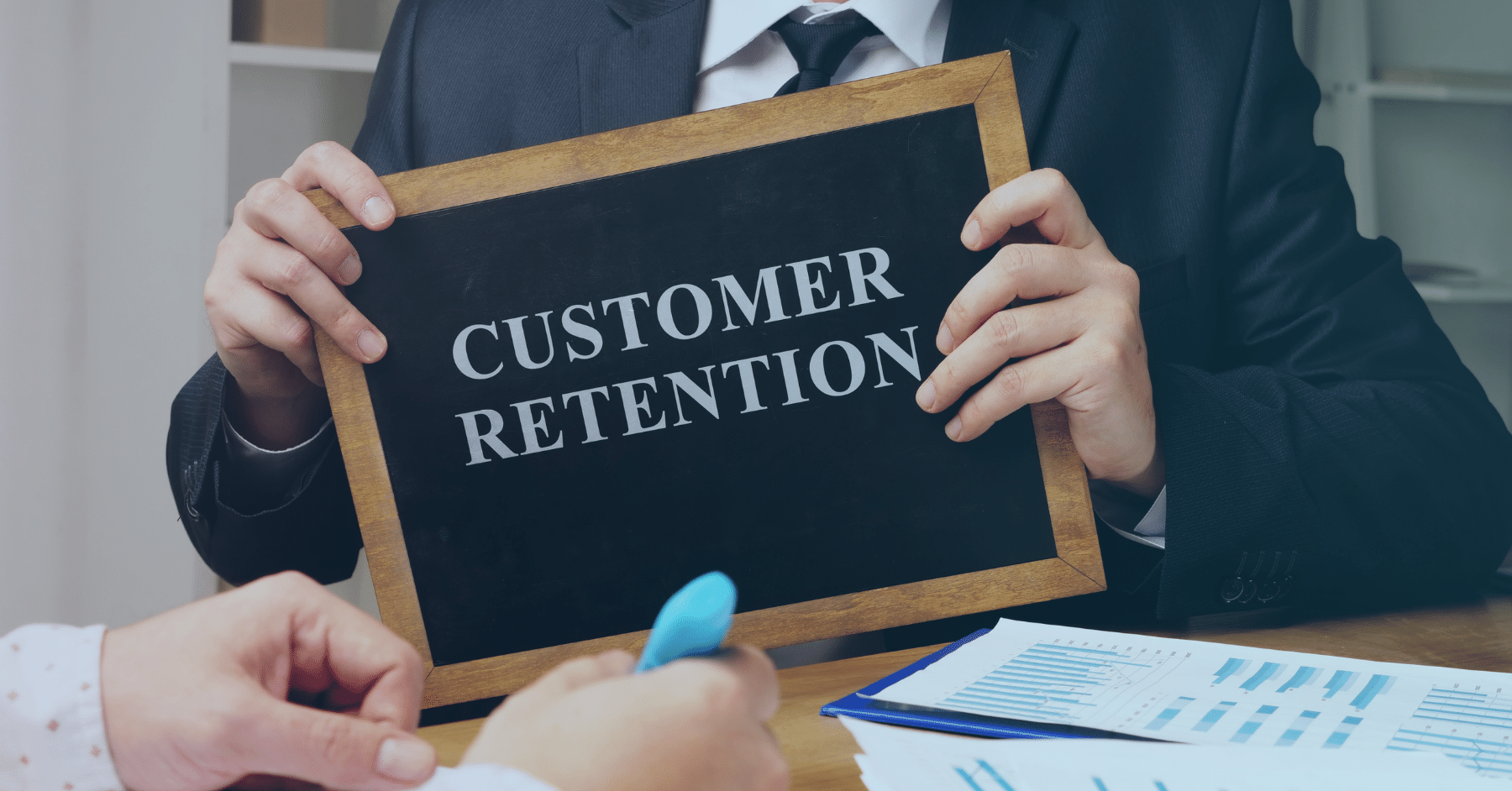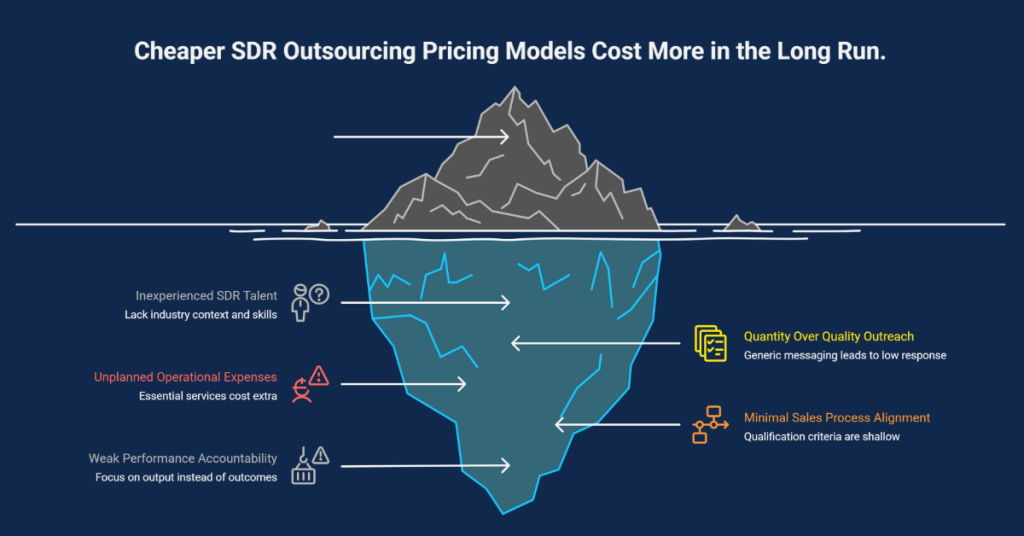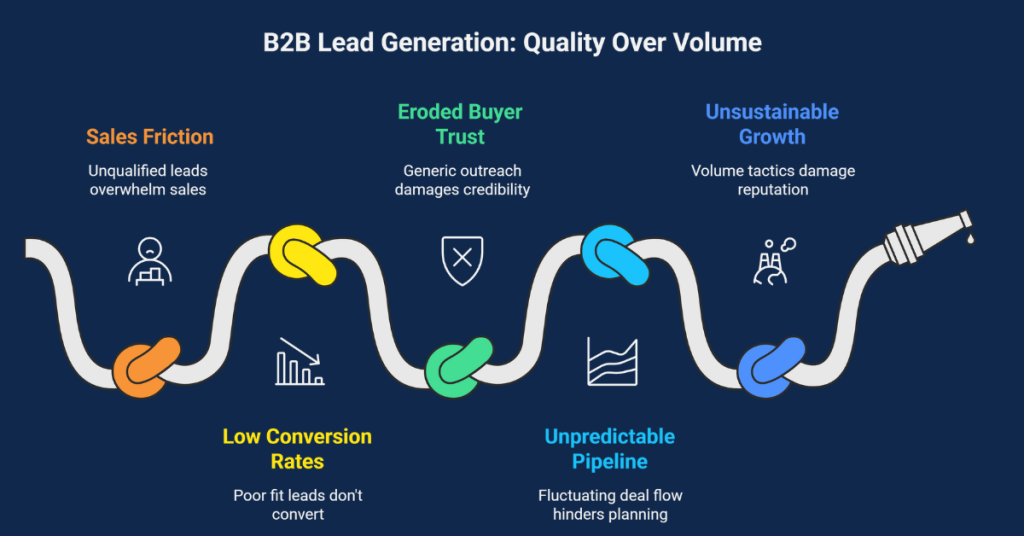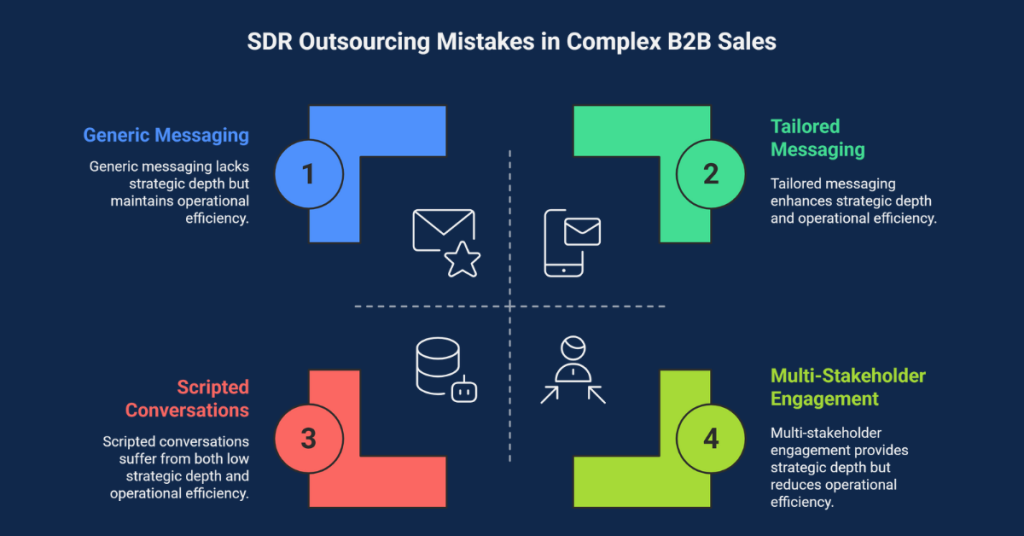In the competitive business as Software as a Service (SaaS), securing new customers is just the beginning. The real challenge lies in retaining those customers and ensuring their long-term satisfaction and loyalty. This comprehensive guide will equip you with the tools and insights needed to build lasting relationships, foster loyalty, and drive sustainable growth. By prioritizing customer retention, SaaS companies can unlock the full potential of their customer base and achieve long-term success.
Understanding the Importance of SaaS Customer Retention
Customer retention refers to a business’s ability to keep its existing customers engaged, satisfied, and loyal over time. In the SaaS industry, where competition is fierce and customer churn can significantly impact revenue, prioritizing customer retention is essential for sustainable growth and success.
Why SaaS Customer Retention Matters
SaaS customer retention is critical for several reasons:
- Revenue Stability: Retaining existing customers is more cost-effective than acquiring new ones and can contribute significantly to revenue stability and consistency.
- Loyalty and Advocacy: Loyal customers are more likely to advocate for your brand, refer new customers, and provide valuable feedback and insights.
- Lifetime Value: Increasing customer retention rates by 5% can lead to a 25% to 95% increase in profits (Source: Harvard Business Review), highlighting the impact of retention on customer lifetime value.
- Competitive Advantage: A strong focus on customer retention can differentiate your SaaS company from competitors and foster long-term relationships with customers.
Unleashing Strategies for SaaS Customer Retention
Let’s explore effective strategies and tactics for retaining customers and maximizing their lifetime value:
1. Personalized Onboarding and Training
Deliver personalized onboarding experiences and comprehensive training to help customers make the most of your SaaS product from day one. Provide guided tours, tutorials, and resources tailored to each customer’s specific needs and goals, ensuring a smooth and effective onboarding process.
- Utilizing Customer Data: Harness customer data and insights to personalize the onboarding journey. Identify client preferences, pain points, and desired outcomes to tailor training materials and support resources, increasing customer satisfaction and adoption rates.
- Offering Proactive Support: Anticipate and address customer questions and challenges proactively during the onboarding process. Offer responsive support through live chat, email, or phone to guide customers through any issues or roadblocks they encounter, fostering confidence and trust in your product.
2. Ongoing Education and Engagement
Provide ongoing education and engagement opportunities to keep customers informed, motivated, and invested in your SaaS solution. Offer regular webinars, workshops, and knowledge-sharing sessions to empower customers with new skills and insights, reinforcing the value of your product.

- Establishing a Knowledge Hub: Create a centralized knowledge hub or resource center where customers can access tutorials, FAQs, best practices, and troubleshooting guides. Encourage self-service support and empower customers to find answers to their questions independently, reducing reliance on customer support resources.
- Fostering Community Participation: Build a community around your SaaS product where customers can connect, share insights, and learn from each other. Facilitate discussions, networking opportunities, and peer-to-peer support forums to foster a sense of belonging and camaraderie among customers, strengthening loyalty and advocacy.
3. Proactive Communication and Feedback Solicitation
Stay proactive in your communication with customers and regularly solicit feedback to understand their evolving needs and preferences. Maintain open lines of communication through email updates, newsletters, and surveys to gather insights and address any concerns or suggestions promptly.
- Implementing Feedback Loops: Establish feedback loops and mechanisms for collecting customer input at various touchpoints throughout their journey. Use surveys, polls, and Net Promoter Score (NPS) surveys to gather feedback on product features, user experience, and overall satisfaction, driving continuous improvement and innovation.
- Responding to Customer Feedback: Act on customer feedback promptly and transparently to demonstrate your commitment to customer satisfaction. Acknowledge feedback, communicate any actions or changes resulting from it, and show appreciation for customers’ contributions to the ongoing improvement of your SaaS product.
4. Value-Added Services and Upselling Opportunities
Offer value-added services and upselling opportunities to deepen customer relationships and expand their usage of your SaaS solution. Introduce premium features, add-on modules, or personalized consulting services that offer additional value and address specific customer needs or pain points.
- Analyzing Usage Patterns: Monitor customer usage patterns and behaviors to identify upselling opportunities and personalized recommendations. Use data analytics to understand how customers are using your product, identify areas for expansion or enhancement, and tailor upselling offers accordingly to maximize customer value.
- Providing Exclusive Benefits: Reward loyal customers with exclusive benefits, discounts, or incentives for their continued business and engagement. Offer loyalty rewards programs, VIP access to new features or events, or early access to beta releases as a token of appreciation for their ongoing support and loyalty.
Conclusion: Elevating SaaS Customer Retention Strategies
In today’s competitive SaaS landscape, customer retention is a strategic imperative for long-term success and growth. By prioritizing personalized onboarding, ongoing education, proactive communication, and value-added services, SaaS companies can build strong relationships with customers, drive loyalty and advocacy, and unlock the full potential of their customer base. So, go beyond acquisition and embrace strategies for SaaS customer retention to secure your place as a trusted partner in your customers’ journey towards success.




